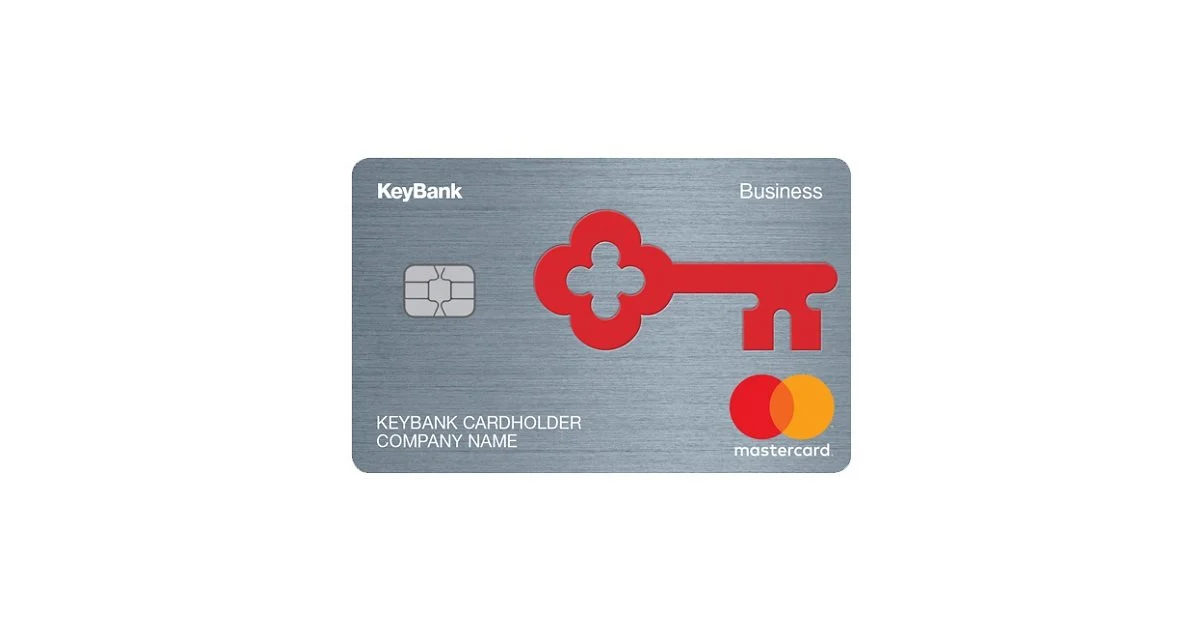Exploring the Discrepancy Between Economic Indicators and Public Perception
In recent times, the United States has witnessed a peculiar phenomenon: despite falling inflation rates, record-low unemployment, and economic resilience defying recession predictions, a substantial majority of Americans maintain a gloomy outlook on the economy. This paradox has sparked bewilderment and curiosity, with experts attributing this disconnection to the lasting impact of the most significant inflation surge in four decades.
Understanding the Discrepancy: A recent government report revealed that consumer prices showed no increase from September to October, indicating a steady decline in inflation. Despite this positive sign, a survey by The Associated Press-NORC Center for Public Affairs Research found that about three-quarters of respondents view the economy as poor, and two-thirds claim their expenses have risen, while only a quarter reported an increase in income.
The Inflation Hangover: Economists, including Lisa Cook from the Federal Reserve, suggest that the psychological and financial repercussions of the recent inflation surge linger, influencing public perception. Consumers, particularly impacted by rising prices in essential goods like groceries, rent, and utilities, yearn for prices to revert to pre-pandemic levels, creating a sense of economic unease.
Real Impact on Incomes: While inflation has slowed down over the past year, the prices of many goods and services remain significantly higher than they were three years ago. Adjusted for inflation, median weekly earnings have seen a meager 0.2% annual increase since late 2019, leaving many Americans feeling financially stagnant. This discrepancy is evident in the experiences of individuals like Katherine Charles, a single mother in Tampa, Florida, who, despite inflation slowdown, struggles to make ends meet due to increased rent and utility costs.
Evaluating the Impact on Everyday Americans:
To delve deeper into the disconnect between economic indicators and public sentiment, it’s crucial to examine the real impact on the daily lives of Americans. While national economic data suggests a robust overall purchasing power, the sharp increase in prices for daily essentials such as milk, ground beef, and gas has created financial strains for many households.
For instance, the national average price of a gallon of milk reached $3.93 in October, marking a 23% increase since February 2020, just before the pandemic struck. Similarly, a pound of ground beef, at $5.35, is now 33% higher than its pre-pandemic cost. Despite a notable decline from a year ago, average gas prices remain 53% higher at $3.78 a gallon.
These significant price hikes in essential goods, which people purchase most frequently, contribute to a sense of economic unease. Even as Americans have remained confident enough to continue spending at a healthy pace, their focus on the elevated prices of everyday items remains a source of discontent.
Examining Income Disparities:
While broad national data provides an overall perspective, it fails to capture the diverse experiences of everyday Americans, many of whom haven’t seen their wages keep up with rising prices. Adjusted for inflation, median weekly earnings have seen a meager 0.2% annual increase from late 2019 through the second quarter of this year. This modest gain has left a considerable portion of the population feeling that they have made little financial progress.
It’s important to note that lower-income Americans, despite generally receiving larger percentage wage gains since the pandemic, face a higher inflation rate. Economic research indicates that they spend a greater proportion of their income on volatile expenses such as food, gas, and rent, which have absorbed some of the most significant price spikes. Consequently, even with higher wages, the financial well-being of lower-income individuals may not be improving as much as the statistics suggest.
Political Partisanship and Economic Sentiment: Political partisanship also plays a role in shaping economic sentiment, with Republicans more likely to view the economy negatively under President Biden’s administration, according to the University of Michigan’s monthly survey. This partisan divide has strengthened, contributing to the overall dissatisfaction with the economic situation.
Inflation’s Grip on Everyday Essentials: Despite national economic data suggesting overall purchasing power is robust, the sharp increase in prices for daily essentials like milk, ground beef, and gas has eroded the financial well-being of many Americans. This discrepancy between broad economic indicators and individual experiences contributes to the prevailing economic anxiety.
As we navigate the intricate terrain of Americans’ economic sentiment in 2023, it becomes evident that the apparent dichotomy between positive economic indicators and widespread dissatisfaction is rooted in a myriad of complex factors. The enduring impact of recent inflation, coupled with income disparities, heightened political partisanship, and tangible effects on everyday essentials, weaves a tapestry of economic anxiety that transcends statistical analyses.
The U.S. economy continues its path to recovery, bridging the gap between statistical optimism and individual economic realities will be pivotal. By understanding and addressing the root causes of economic anxiety, we can pave the way for a more unified and optimistic vision of the nation’s financial future. Only through a concerted effort to tackle these challenges can we foster confidence, rebuild trust, and usher in an era of shared prosperity for all.




